~ Will ARC always release an object the line after the last strong pointer is removed? Or is it undetermined and at some unspecified point in the future it will be released? Similarly, assuming that you don't change anything with your program, will ARC always be the same each time you run and compile your program?
~ How do you deal with handing an object off to other classes? For example, suppose we are creating a Cake object in a Bakery class. This process would probably take a long time and involve many different methods, so it may be reasonable for us to put the cake in a strong property. Now suppose we want to hand this cake object off to a customer. The customer would also probably want to have a strong pointer to it. Is this ok? Having two classes with strong pointers to the same object? Or should we nil out the Bakery's pointer as soon as we hand off?
